We tend to picture dinosaurs as either lone predators or giant, lumbering creatures doing their own thing.
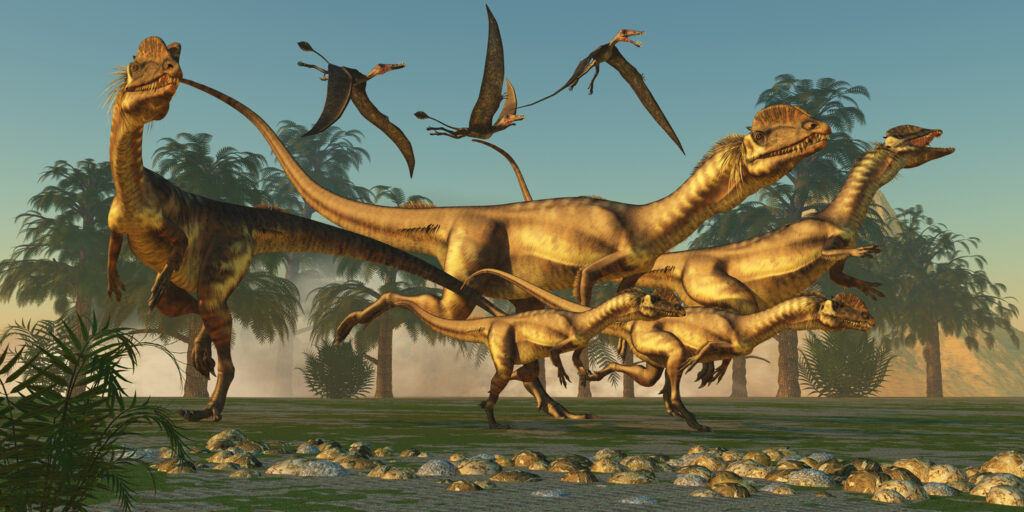
However, as fossil discoveries get more detailed and technology gives us better ways to study behaviour, scientists are starting to see patterns that feel surprisingly familiar. From herding like elephants to parenting like birds, it turns out many dinosaurs weren’t so different from the animals we live alongside today. Here are some of the most unexpected ways their social lives mirrored those of modern creatures.
1. Herding instincts like wildebeest or elephants
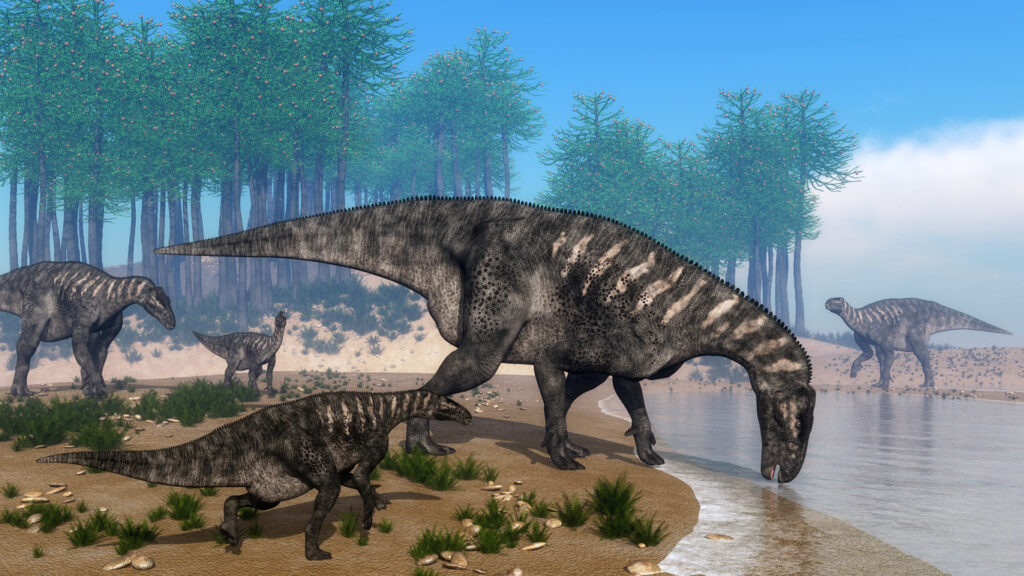
Some dinosaurs clearly didn’t like to travel alone. Fossil beds have been found packed with dozens—sometimes hundreds—of individuals from the same species, suggesting they moved in large herds. Maiasaura, for example, is often discovered in mass nesting sites that look a lot like modern-day animal colonies.
These herds likely helped with protection, social bonding, and even coordinated migration, just like wildebeest on the plains or elephants in family groups. There’s strength in numbers, and these massive groups may have been key to their survival in unpredictable climates.
2. Pack hunting like wolves
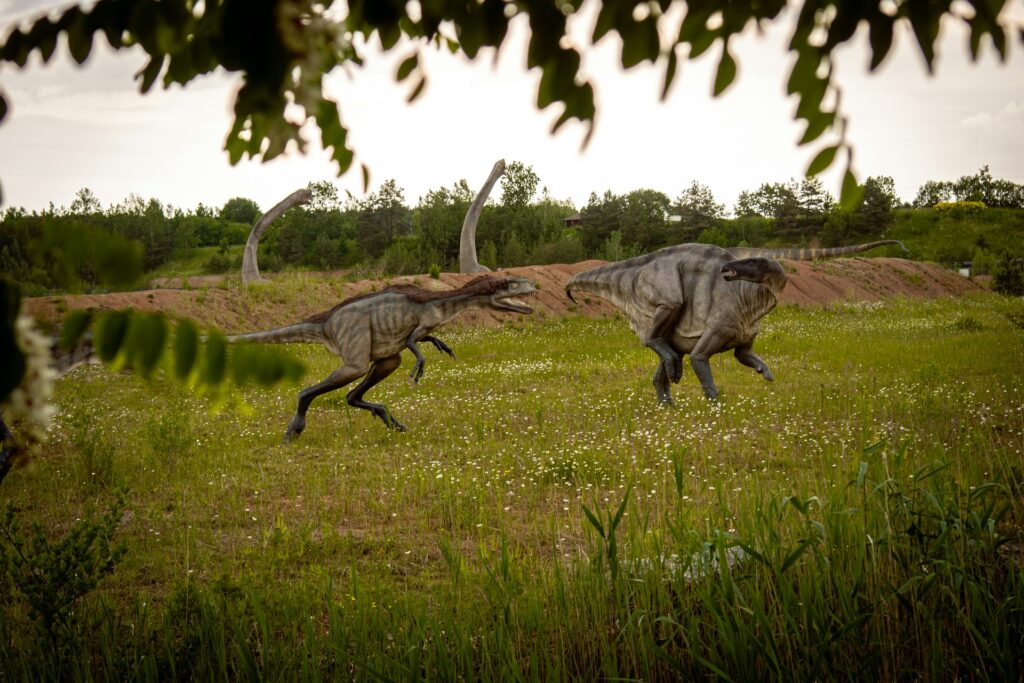
There’s long been debate about whether some predatory dinosaurs, like Velociraptor or Deinonychus, hunted in packs. Fossils showing multiple individuals alongside a single prey animal suggest they may have worked together—possibly coordinating attacks the way wolves or African wild dogs do.
It’s hard to prove without direct evidence, but their lightweight builds and sharp claws would’ve made them agile enough for group tactics. If they did hunt cooperatively, it changes the image of dinosaurs from mindless killers to strategic, social predators.
3. Parental care like birds
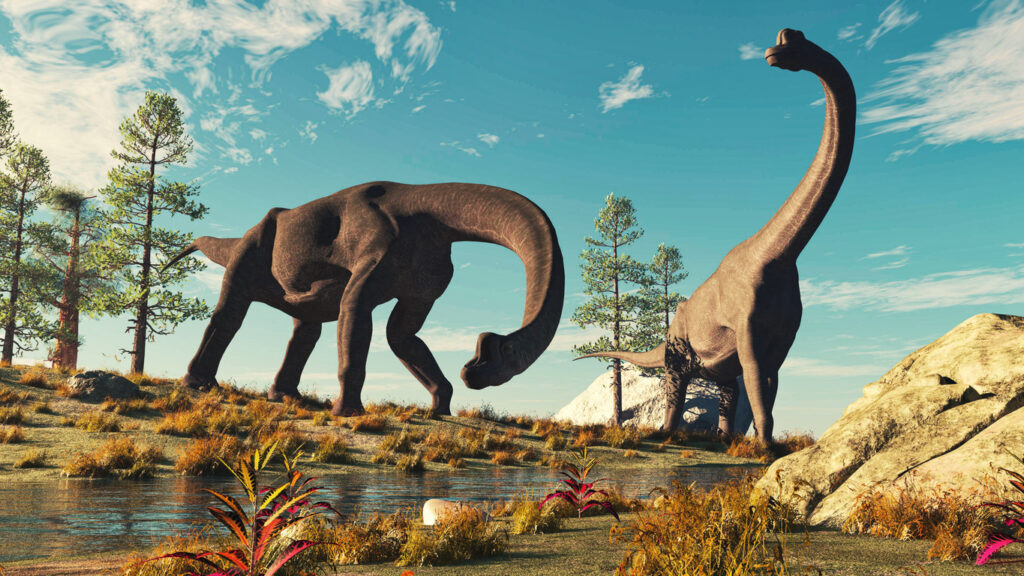
Fossils of dinosaurs like Troodon and Oviraptor have been found sitting on nests, with their arms spread protectively over the eggs—just like modern birds. Some even show evidence of different nesting layers, meaning these dinosaurs likely reused their nests over time.
This behaviour strongly suggests that at least some species stuck around to raise their young, rather than leaving them to fend for themselves. It’s a side of dinosaur life that feels more nurturing and less ruthless than we used to assume.
4. Communal nesting like penguins
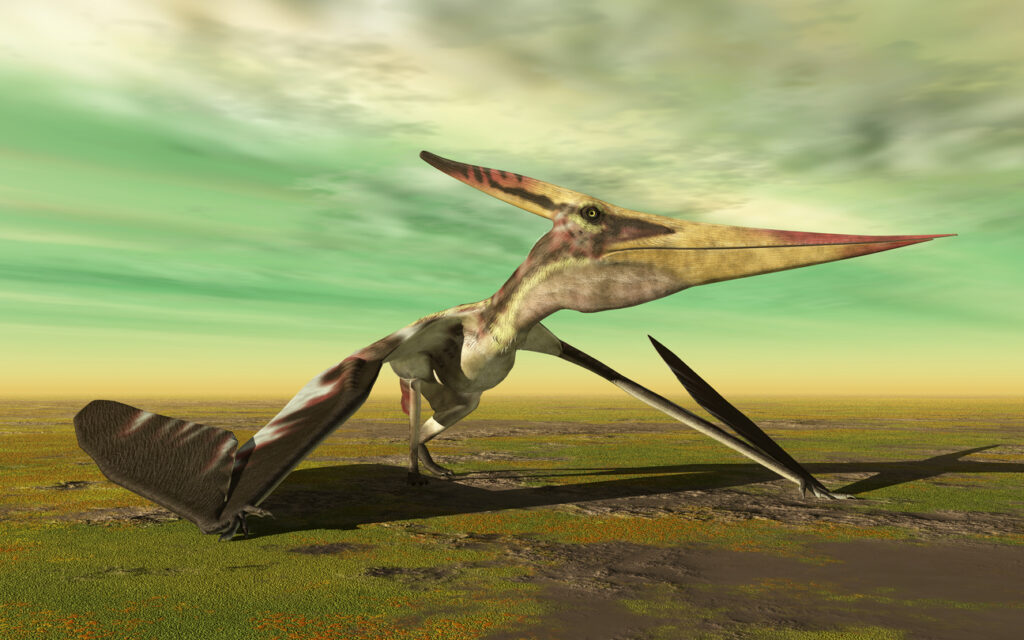
In several fossil sites, scientists have found hundreds of nests clustered together in what looks like a dinosaur nursery. These weren’t random groupings—there’s order and spacing, suggesting these animals came together to lay eggs in shared spaces, much like seabirds today.
This kind of behaviour offers safety in numbers and makes it easier for dinosaurs to protect their offspring. Penguins, flamingos, and even crocodiles do something similar now, relying on the group to ward off threats and increase survival chances.
5. Vocal communication like parrots

While we’ve never heard a dinosaur’s voice, studies of certain skulls and nasal passages suggest they could produce a variety of sounds—some likely low-frequency calls that could travel long distances, and others possibly more complex for close interaction.
Modern birds (descendants of dinosaurs) are incredibly vocal, and it’s likely their ancestors had a decent vocal range too. Some researchers believe dinosaurs used calls to warn others of danger, call to mates, or stay in touch with their group—much like parrots or ravens do today.
6. Territory marking like big cats
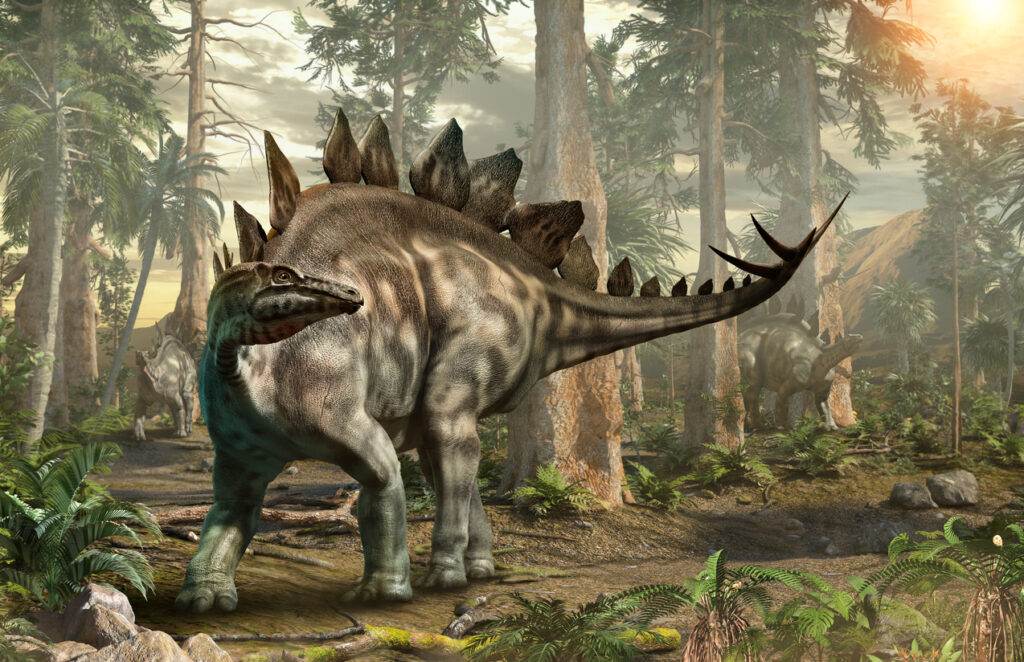
Some fossil evidence suggests that certain dinosaur species were territorial and marked their space with scent or sound. We can’t prove scent-marking directly, but scratch marks and patterns in fossilised soil hint at repeat behaviours in particular areas.
This mirrors what modern animals like lions or jaguars do—using body language, vocalisation, or chemical cues to claim space and warn others off. Dinosaurs may have had their own ways of setting boundaries and avoiding fights over territory.
7. Seasonal migration like caribou
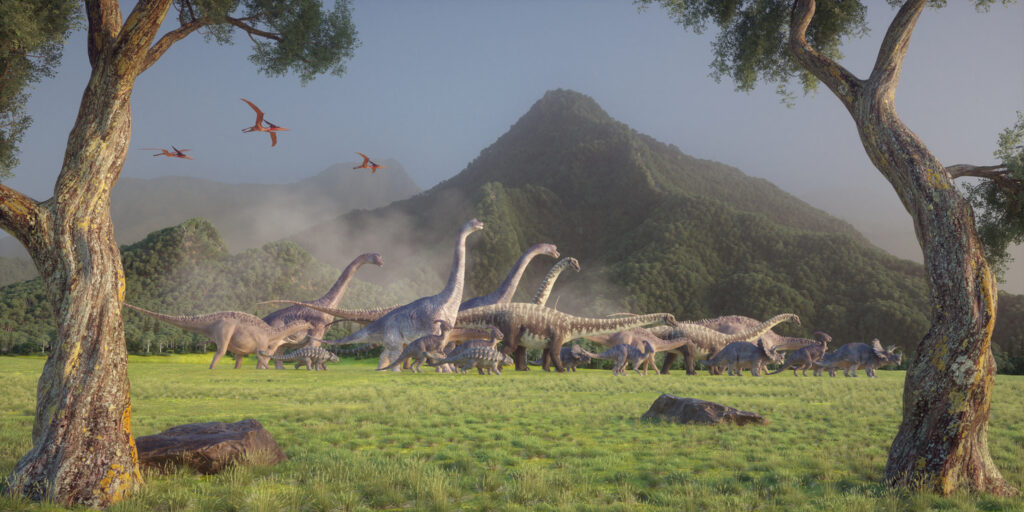
Tracks and fossil beds have shown long-distance travel patterns in some species, suggesting they may have migrated in response to seasonal shifts in food or climate. This is especially true for large herbivores like Edmontosaurus, which would’ve needed huge amounts of vegetation to survive.
Today, animals like caribou, elephants, and even monarch butterflies migrate to find better conditions. It’s likely that dinosaurs did the same—making massive, coordinated journeys as a group when local resources ran dry.
8. Synchronized hatching like turtles
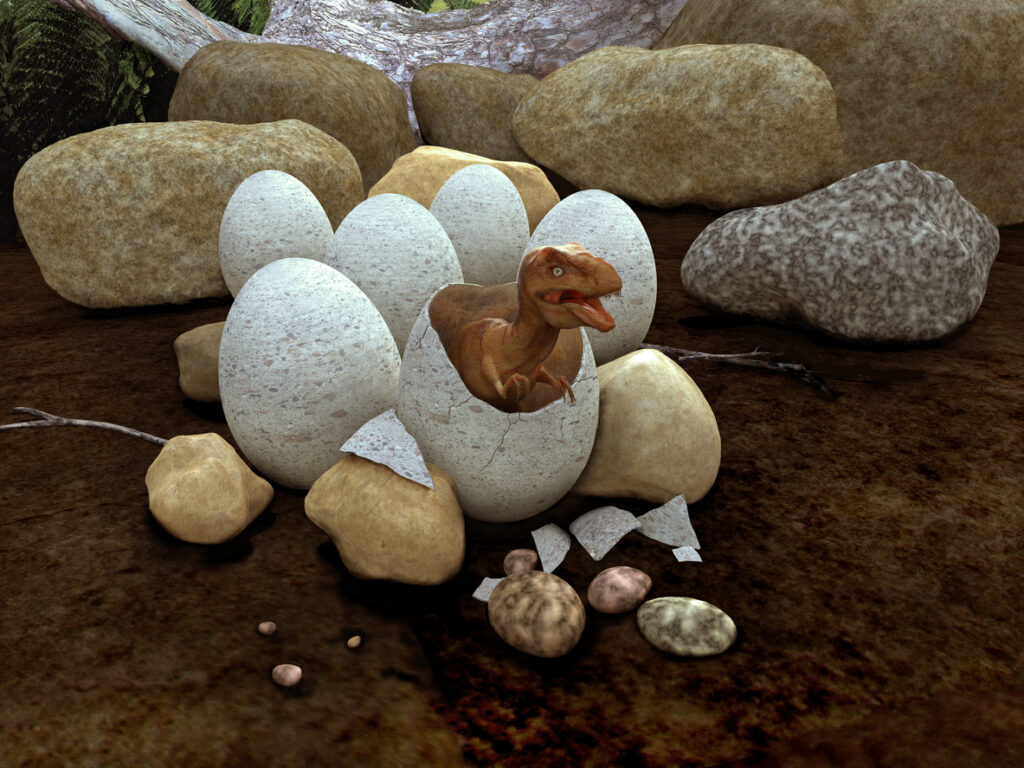
Some nesting sites show that eggs in a clutch all hatched at once, a strategy still used by many reptiles and birds today. By emerging together, baby dinosaurs may have overwhelmed predators or made it easier to blend into the group for safety. This kind of timing suggests a level of coordination that goes beyond random chance. It’s a survival tactic used by sea turtles and crocodiles now—and it might have helped boost young dinosaurs’ odds in a dangerous world.
9. Dominance displays like peacocks
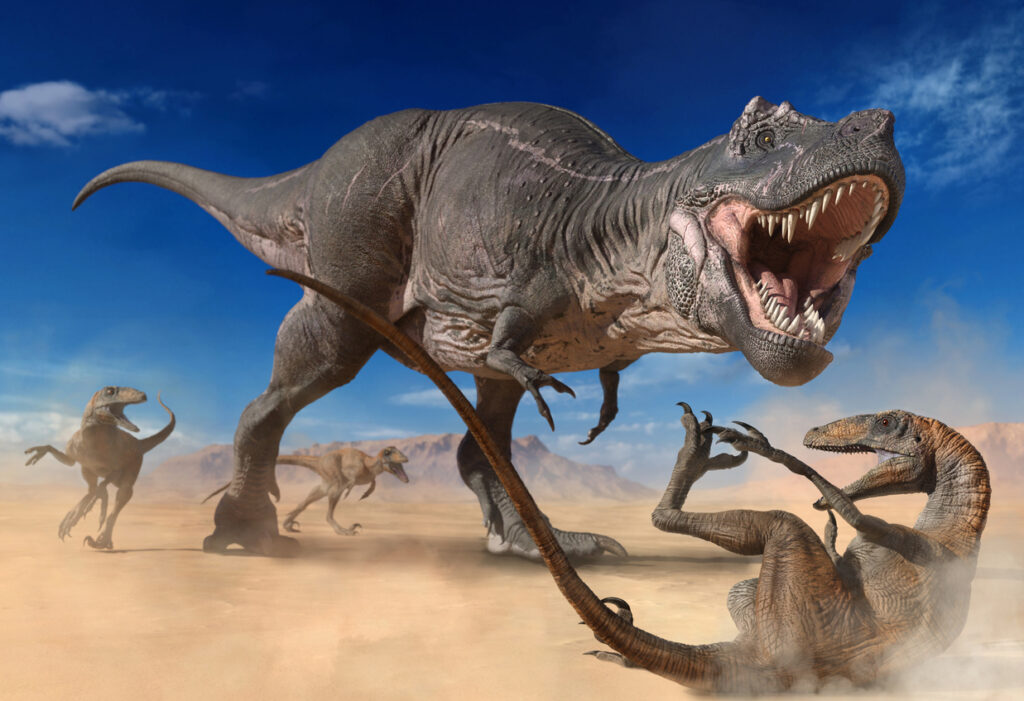
Some dinosaurs, especially the smaller, feathered types, likely used their flashy features to impress mates or compete for status. The elaborate crests on Parasaurolophus, the frills of Triceratops, and the feathers of certain raptors all point to visual communication.
Much like how peacocks fan out their tails or deer clash antlers, dinosaurs probably had their own version of showing off. These displays weren’t just about beauty—they signalled strength, health, and social standing.
10. Lifelong bonds like geese or swans

We don’t usually think of dinosaurs forming emotional connections, but there’s some fossil evidence—like pairs buried side by side or trackways showing two individuals walking in sync—that suggests they might have travelled with partners or stayed close to family. Birds like geese and swans are known for their monogamous bonds and deep social ties. If dinosaurs shared those traits, it would mean they lived far richer emotional lives than we’ve given them credit for in the past.